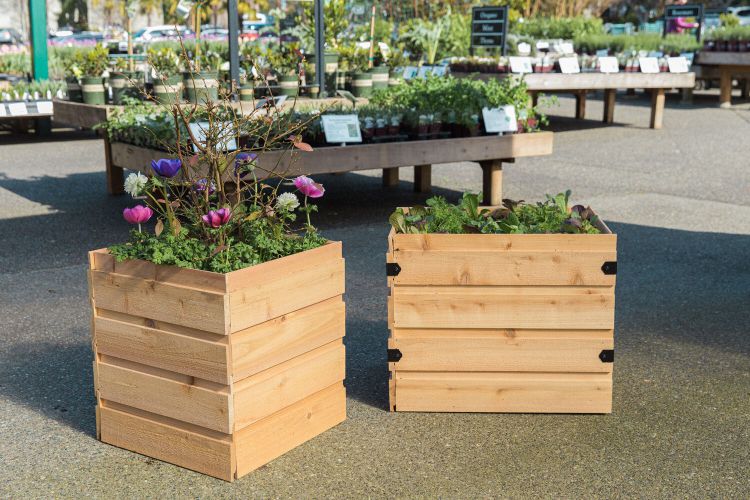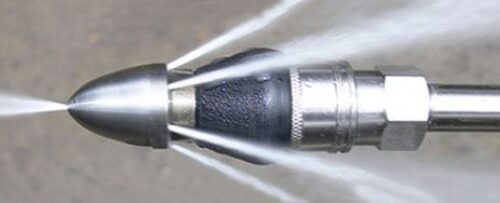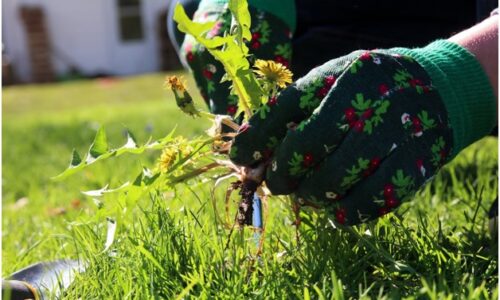 Most Australians cultivate vegetables, herbs, and fruit, with a smaller number of people raising eggs, nuts, and other consumables as a secondary source of income. However, when compared to their northern counterparts, households that cultivate fruit are more common in the more moderate climes of South Australia, Tasmania, and Victoria, according to the Australian Fruit Growers Association. As such, gardening is an everyday activity to beautify homes and create alternative food sources.
Most Australians cultivate vegetables, herbs, and fruit, with a smaller number of people raising eggs, nuts, and other consumables as a secondary source of income. However, when compared to their northern counterparts, households that cultivate fruit are more common in the more moderate climes of South Australia, Tasmania, and Victoria, according to the Australian Fruit Growers Association. As such, gardening is an everyday activity to beautify homes and create alternative food sources.
To create aesthetic spaces; many turns to greenery and planter boxes are a fantastic method to improve the appearance of a home’s surroundings. Aside from that, they’re an excellent alternative for growing in compact places. A planter box can be used to grow herbs and vegetables in addition to flowers, which you can put on decks, patios, and balconies, among other places. By using window boxes, create the ideal growing environment for plants in situations with limited or no available space.
You can design a planter box in various ways, ranging from the simplest to more intricate ones. As a result, the dimensions of planter boxes, including their width, depth, and length, may differ from one plan to the next. But, based on the function, most planter boxes can be readily scaled down to meet any size required in the future.
How to Position Plant Boxes
In addition to serving as a welcoming décor, a pair of similar containers on either side of the front walk bring color and ambiance to outdoor sitting areas like a deck or patio.
Deciding where to position your planter boxes is a chore that requires careful consideration. Foremost, think about the plants’ lighting requirements that will be growing in your planter boxes.
If you have plants that thrive in the shade, you may want to consider placing the planter boxes beneath an overhang, where they will be protected from the sun during the day. When planting species that demand whole light, on the other hand, the optimal location for your planter box would be in an area where the plants will receive sun throughout the entire day.
Herbs in Planter boxes
Herbs are pretty simple to grow. Depending on your preference, you can either cultivate them from seed or buy herb plants to plant directly in your yard.
Tips for Growing Herbs in Plant Boxes
Use good quality soil.
Make use of high-quality potting soil that gives the best possible aeration, drainage, and nutrition. Plant boxes are filled with high-quality potting soil combinations; potting mixes are less dense and allow more aeration than conventional soil, making them ideal for container gardening.
Water and Fertilize Regularly
Use water can instead of hose as herbs are delicate and prefer a gentle water flow. Use vegetable fertilizer mixed with water once every two weeks. Most Herbs need 6-8 hours of sun exposure. However, cilantro, oregano, and parsley love the shade more.
Frequent Harvesting Encourages Growth
Pick produce often. Regular pruning and harvesting will cause herb plants to be full and healthy. When gathering herbs, start from the outside and work your way in. While growing herbs, remember to remove any blooms that arise. You don’t want your herb plants investing their energy into developing flowers when you want them to be putting their energy into growing the leaves you want to harvest.

